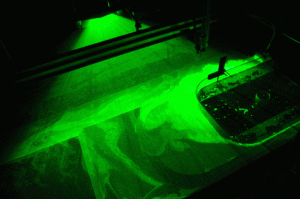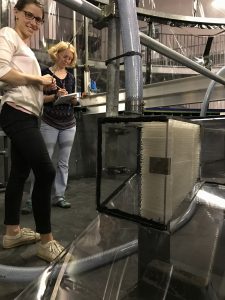
About neutrally buoyant particles, popcorn, and more bubbles
When you see all our pretty images of currents and swirling eddies and everything, what you actually see are the neutrally buoyant particles that get lit by the laser in…

